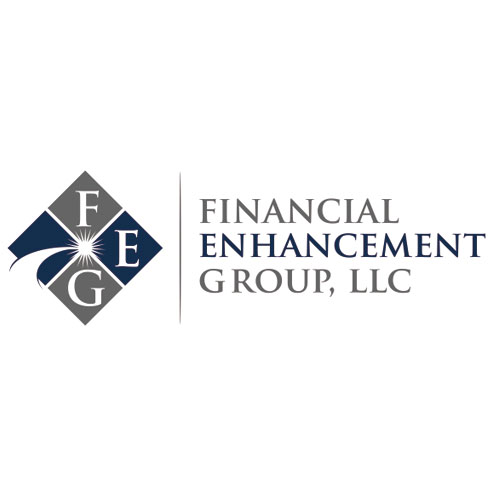[vc_row][vc_column width=”1/4″ offset=”vc_hidden-xs”][vc_widget_sidebar sidebar_id=”sidebar-main”][/vc_column][vc_column width=”3/4″][vc_column_text]
Many academics and professional investors will adamantly tell you that the only free lunch in investing is diversification. Or, as grandma said, don’t put all your eggs in one basket.
Last year that advice didn’t pan out so well and 2015 became the third worst year since 1926 when it came to asset class performance! In fact, 2015 will go down in history as the third worst year since 1926. Diversification by its very nature suggests that we should invest in different companies, different asset classes and even different countries.
Four broad asset classes represent where most investors can place their savings: stocks, bonds, commodities and cash. Typically, one of these four areas will deliver double-digit returns and professional managers can run to that area of exposure. However, last year yielded three disappointing categories, with the commodity sector being down more than 20% on the year.
What is an investor or money manager to do? For 2015 investors as it pertains to real return (that is something above zero plus the inflation rate), there wasn’t much that could be done. But there is much more to investing than real returns especially on an annual basis.
There are four areas that an individual or professional money manager must be ready to address: risk and volatility, fees and expenses, taxes both today and tomorrow and real return. Ignore any of these areas at your own peril.
Risk and volatility are part of investing and an investor’s primary job is to find a discipline, understand it, and stick with the discipline. That doesn’t mean buying and holding companies that have clearly changed their business model or performance and it doesn’t mean blindly accepting an allocation based on historical norm. Things do change but the discipline cannot vary or you will continuously sell low and buy high—a time-honored route to the poor house. That does include bonds and while the exchange traded market has made owning bonds easier, it has also allowed prices to vary at a faster rate.
Fees and expenses need to be examined continuously. There are many stories out there about people paying fees that had changed three or four years ago. Both expenses and taxes paid have one thing in common – the check isn’t coming back from the IRS or the mutual fund manager. On the other hand, markets fluctuate over time.
The final quarter of 2015 provided a multitude of tax opportunities, including harvesting losses. Pay attention to your investment strategy as it pertains to taxation every year, but also recognize it is a long-term process. You can refer to a previous column where we reminded you a large portion of 401k participants who are currently deferring taxation should be using another strategy; not because of the investments but because of the taxation.
Inflation remains low so real return is not a high target but it still needs to be on your radar. Happy New Year and here’s to wise investing.
Tax advice provided by CPAs affiliated with the Financial Enhancement Group, LLC.
Disclaimer: Do not construe anything written in this post or this blog in its entirety as a recommendation, research, or an offer to buy or sell any securities. Everything in this post is meant for educational and entertainment purposes only. I or my affiliates may hold positions in securities mentioned in the blog. Please see my Disclosure page for full disclaimer.[/vc_column_text][/vc_column][/vc_row][vc_row][vc_column offset=”vc_hidden-lg vc_hidden-md vc_hidden-sm”][vc_widget_sidebar sidebar_id=”sidebar-main”][/vc_column][/vc_row]


